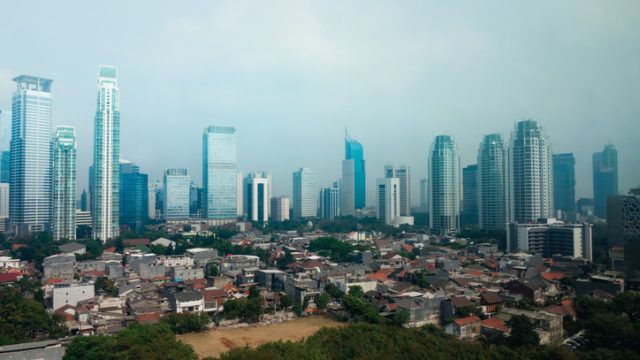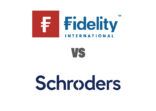There are 120 funds in the Asia ex-Japan category available to Hong Kong and Singapore retail investors, but only five funds (including an index-tracking i-shares product) with an explicit “emerging Asia” mandate.
It is a surprisingly low number, considering the amount of research and punditry promoting the economic growth prospects of the lower income countries in the region and their investment opportunities.
“Asia is expected to grow by around 5.5% in 2018 and 2019, accounting for nearly two-thirds of global growth, and the region remains the world’s most dynamic by a considerable margin,”according to the most recent Asia-Pacific outlook by the International Monetary Fund (IMF).
But the average growth rate of the 15 emerging Asia countries, which include China and India, Indonesia and the Philippines, as well as Bangladesh and Cambodia, is expected to be a full one percentage point higher, the IMF said.
Yet the specific investible universe of emerging Asia is under-represented through dedicated funds. The sector average cumulative return over the past three years is 32.9%, compared with 29.3% for the Asia Pacific ex-Japan category.
The top two funds, the $3.8bn Schroder ISF Emerging Asia Fund, managed by Louisa Lo and the $1.1bn Fidelity Emerging Asia Fund, run by Teera Chanpongsang, have produced excess returns since April 2016, earning 57.12% and 48.1% respectively.
Both funds have major holdings in China big tech companies Alibaba and Tencent, but have also diversified into stocks that should benefit from income growth in other countries within the region.
For instance, Schroders has 2.26% weighting to Indonesia’s Bank Mandiri and Fidelity has 3.9% weighting to Bank Central Asia, also based in Indonesia.
Emerging Asia has also been a good long-term bet within the broader emerging market universe. The MSCI Emerging Asia index has returned 44.71% over three years compared with 40.09% by the MSCI Emerging Markets index.
Emerging Asia funds vs the sector and the AxJ sector


















